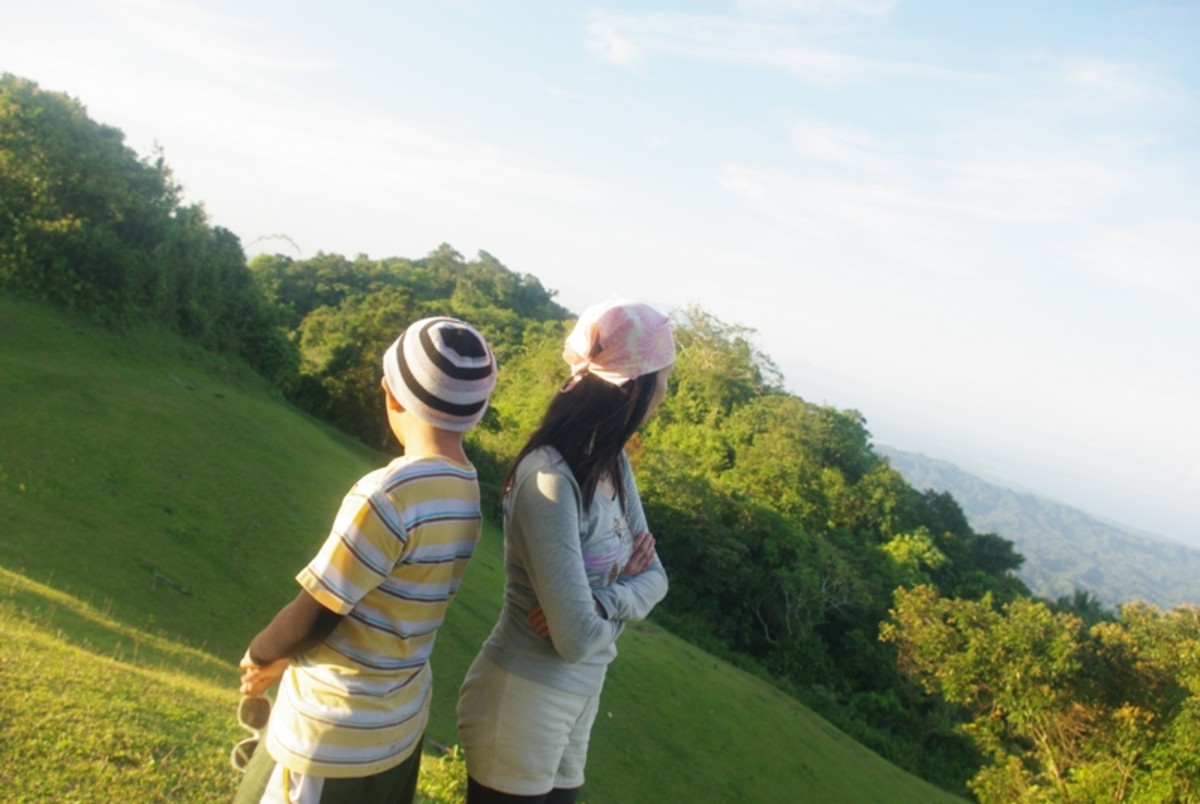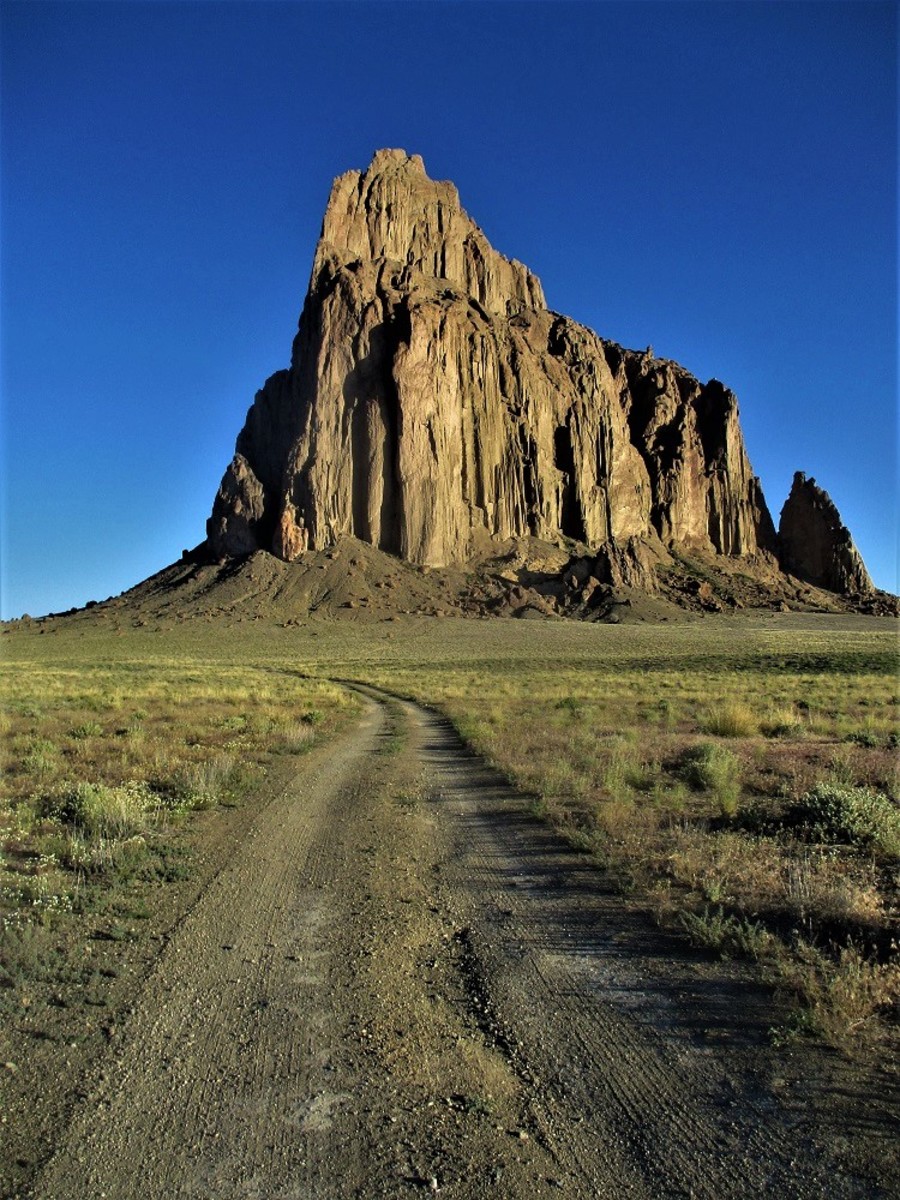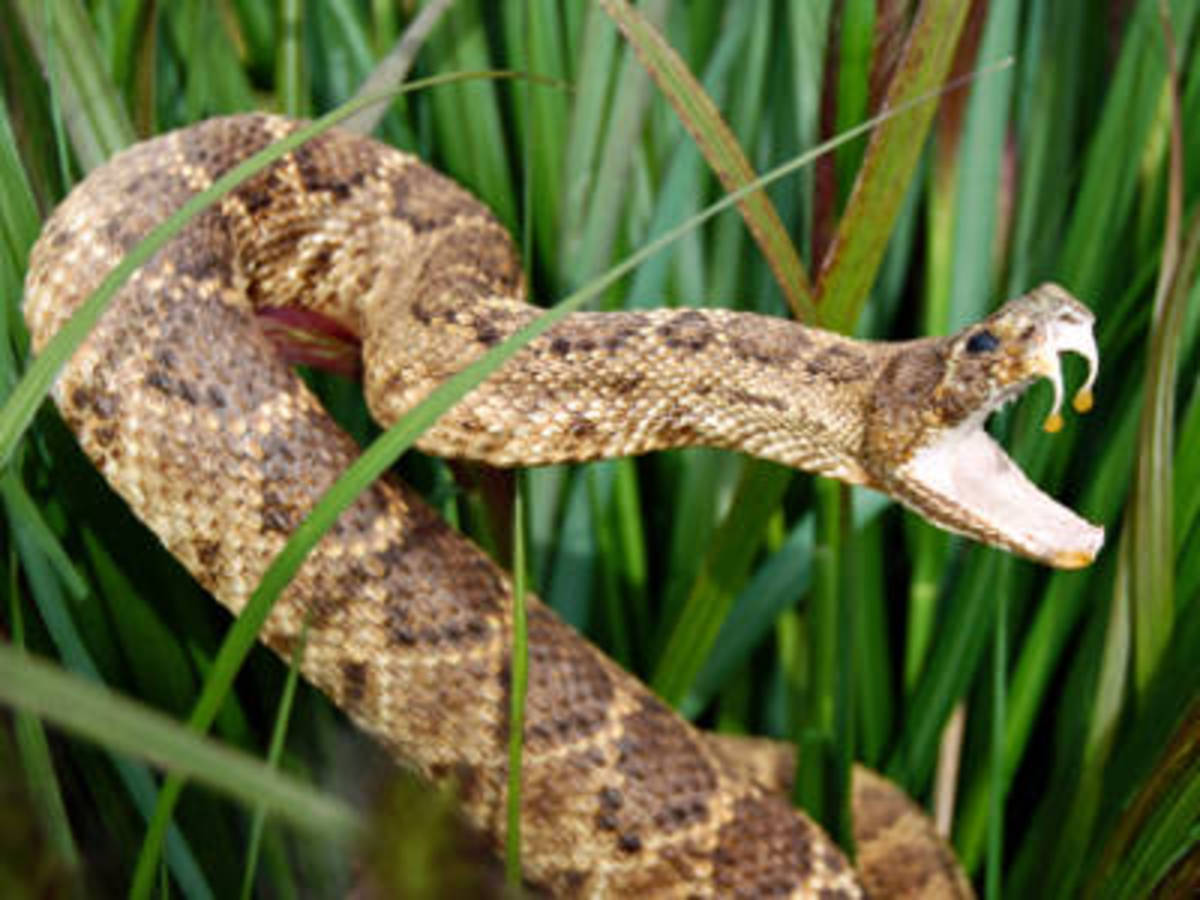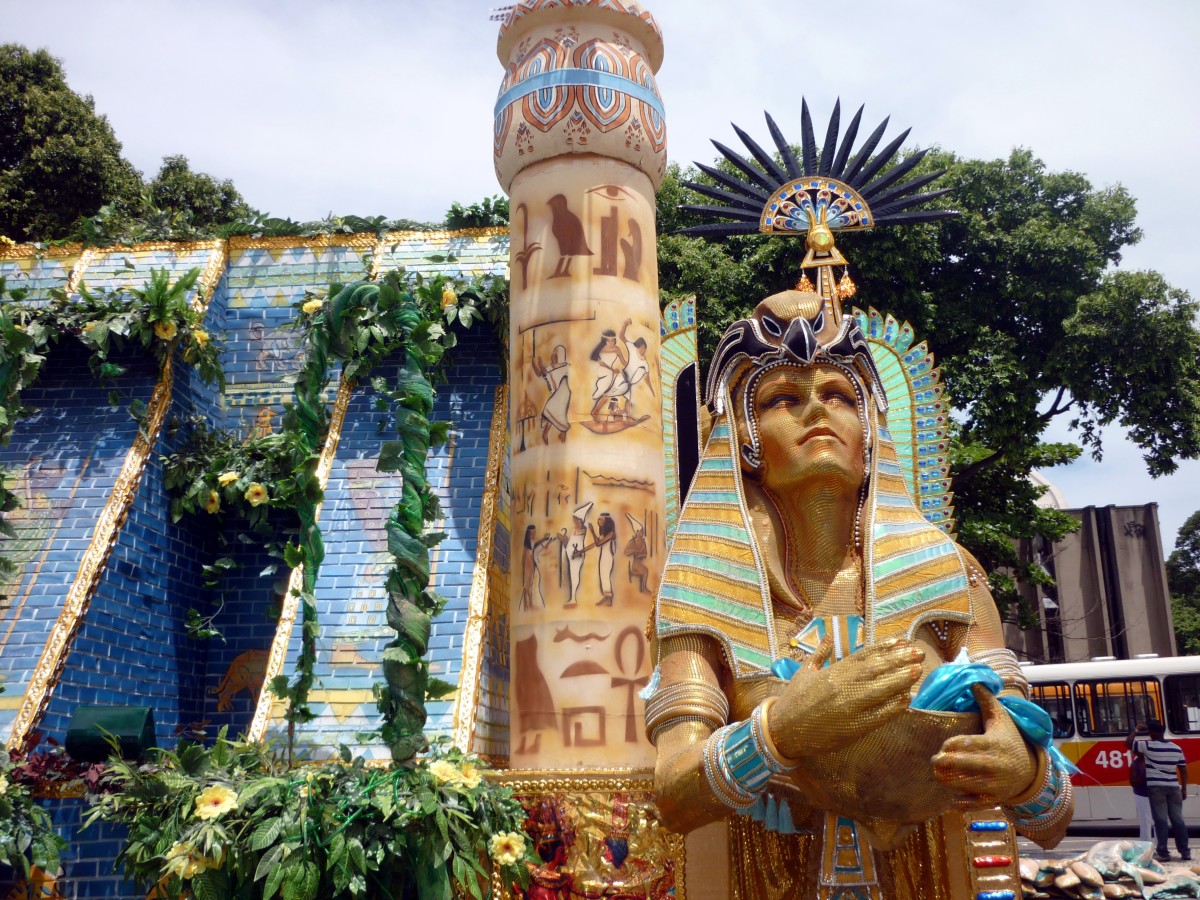The Ancient and Breathtaking Geographical Features,Tepui; The Sandstone Plateaus of Venezuela
A world from a time past
They are called Tepui, meaning mountain in the language of the natives.
What they actually are, the theory goes, are the remnants of an ancient sandstone plateau that has eroded over milleneum into numerous individual table top mountain "islands" high above the surrounding savanna and rainforest which make up the surrounding lowlands. They are an interesting geographical feature towering over the surrounding area like towers on a flat plain.
Part of their beauty is derived from the cascading falls that take your breath away as they plunge from the lofty heights to the plains way below them. The famous Angel Falls is situated on one such Tepui in Venezuela.
In modern times, these mountain plateaus reside in the clouds. Literally, they are above the clouds. The climate is created by their own weather systems. The Tepuis are a sanctuary to isolated vegetation that hasn't been tampered with by man, so they are also a haven for discovery of species of plant and animals not cross-bred with species from the surrounding areas except as some studies indicate only during long prolonged climactic changes when glaciers were present. The Tepuis offer a unique window on natural evolution..
Strange rock formations with archways and megaliths hover in the fog creating an eerie landscape. Odd looking plants and wildflowers find footholds in inhosptiable locations. Travelling on foot is treacherous, but hiking is the only way to explore these remote regions. Indeed this is a landscape that time forgot! Arthur Conan Doyle based his story "Lost World" on the Venezuelan Tepui. So there is a romance to this harsh but beautiful landscape!
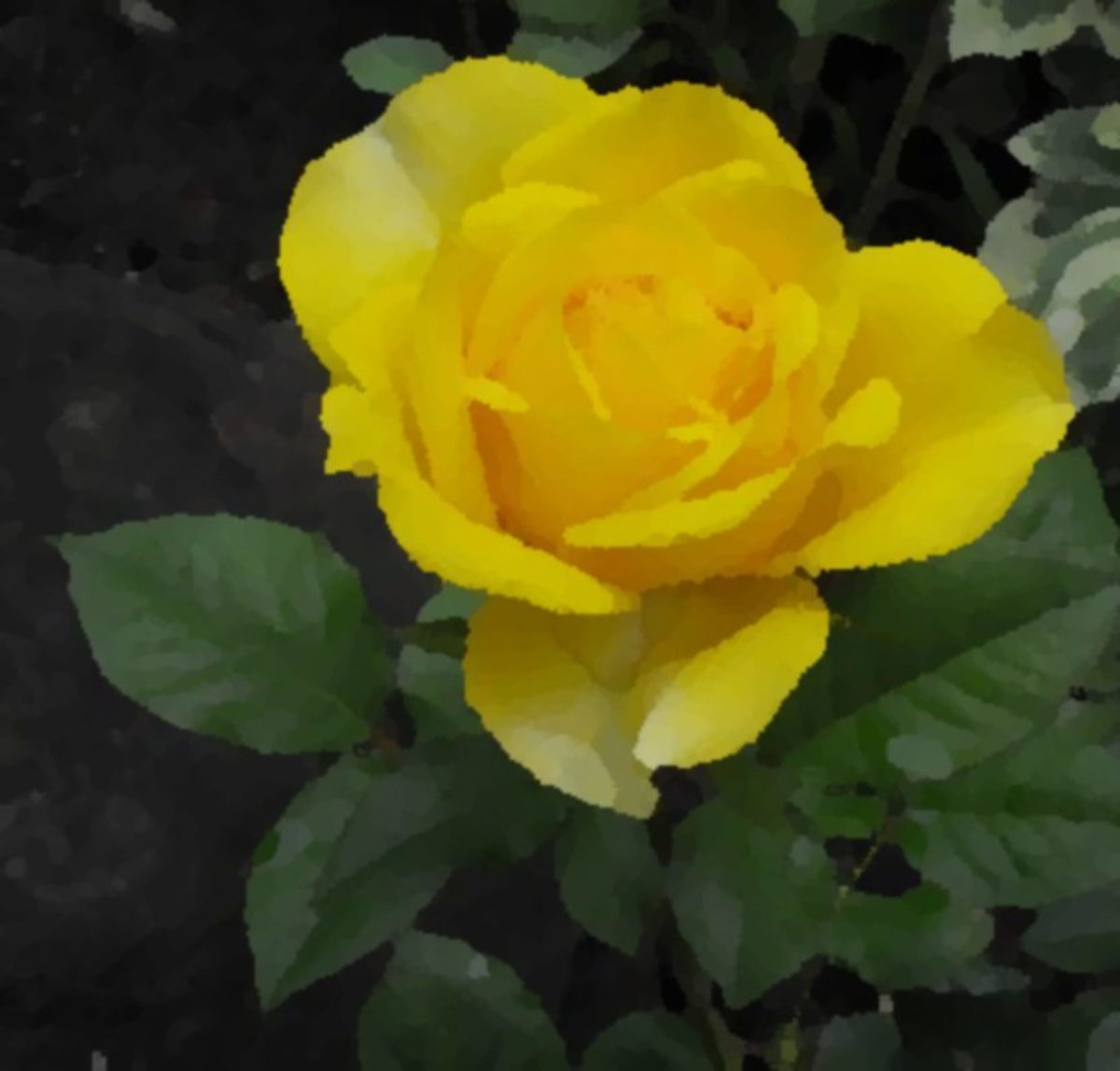
Time Capsule?
What once was a flat plain has broken apart into these separate tepui over millennium. The surface of the mountain tops are so ancient, they are dated as being around when Africa was still joined to South America as the ancient continent that is called Gondwana!
That would make the surface of the top of the Tepui an original surface dating back from that time! Just imagine the implications. Plant species might have been isolated since before man first walked the earth! Plant and animal life there can be unique. The plateaus now are approximately1,500 to 3,000m. above the surrounding landscape. One cannot imagine the time it took to erode the area surrounding them! Man's exsistence to these ancient plains is just a millisecond in those eons.
They are some of the oldest real estate on this earth and very interesting from the point of biodiversity. Man has been unable to introduce plants from other areas so the tepuis are reservoirs of biodiversity untouched for centuries and possibly containing plants not seen anywhere else on earth. There is also the possibility plants that have long gone extinct still reside on those "flat mountains as living fossils! The tops of each mountain is essentially an ecosystem all on it's own.
Mount Roraima
Mount Roraima is located at the juncture of Venezuela, Brazil and Guyana. It is revered by the indigenous people as the "mother of waters" . The famous Angel Falls cascades down it's walls.
The National Geographic magazine that gave me the inspiration for this article recounts how these formations have been in the present day state for three to four million years. What was part of the original sandstone deposits forming the plains has long since washed out to sea. Considering Mount Roraima is 9,094 feet above sea level that is quite some force of nature!
REFERENCE:
Vol. 175, no.5 May 1989, The National Geographic magazine
Venezuela's Beautiful Tepui
Other References and Further Reading:
Following is a scientific study of the vegetation of Tepuis. It offers theories as to how the vegetation evolved comparing the mountain tops to oceanic islands. It also lists native plants that grow only on one or two tepuis and nowhere else.
http://www.mapress.com/phytotaxa/content/2010/f/pt00009p265.pdf
Check this out, pages 6 to 8 from the Royal Society biological sciences discusses extensive studies done on the tepuis.
http://rstb.royalsocietypublishing.org/content/351/1341/823.full.pdf+html


